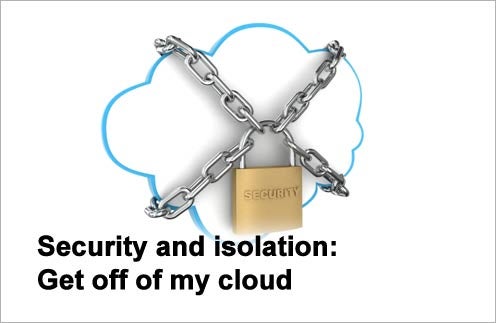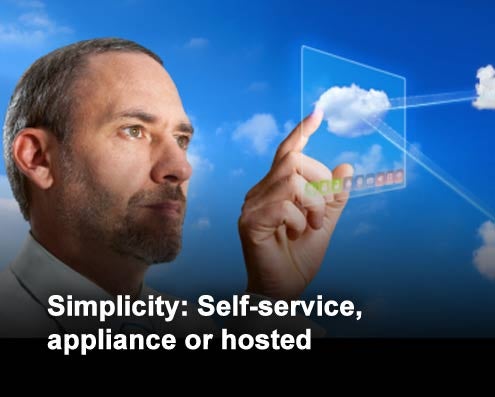
Speaking at a recent Cloud Business Summit hosted in New York by Saugatuck Technology, an IT consulting firm, Robert Leblanc, IBM senior vice president for middleware software, noted that most of the interest in cloud computing is being driven by the need for IT speed, flexibility and agility on that part of the business. As a result, IT organizations are looking for new ways to deploy IT services to meet those requirements.
But despite all the talk about external cloud computing platforms, Leblanc says that a vast majority of the actual work being done on cloud computing involves private implementations behind firewalls. That doesn’t mean that public cloud computing platforms won’t be important; it just means that they are only a part of the overall enterprise IT picture. In fact, Leblanc says that the vast majority of cloud computing environments are going to be of a hybrid nature in that they will span both public and private cloud computing deployments. Those disparate environments, he adds, will most likely be integrated by a series of physical and virtual appliances loaded with middleware.
To help facilitate the reinvention of the way IT organizations think about IT, IBM has developed a list of 10 attributes that IT organizations should consider when looking to adopt cloud computing. That list (see slideshow above) includes everything from standards to elasticity and back again.
Once those processes are in place, says Leblanc, we should begin to see an accompanying transformation of business processes, which, much like our IT systems, will become more agile and flexible.
But at the end of the day, Leblanc says cloud computing is not really about new technologies. After all, virtualization was invented on a mainframe over 40 years ago. Instead, cloud computing is all about setting up standardized sets of IT services and then automating the management of those services, which Leblanc says is one of the reasons that IBM sees the Cloud Standards Customer Council as being so important. After all, when you think about cloud computing, it’s a whole lot more about how customers will ultimately manage application workloads than it is anything that any one particular vendor might be doing at any given moment.
Click through for 10 key attributes of cloud computing, as identified by IBM.
IT organizations need to be able to design an application once and deploy it anywhere.
The entire environment, including the application, needs to be virtualized, not just the operating system.
Needs to support everything from Web applications to business process management and back again.
Applications can run across multiple platforms.
Not only does the application need to be able to scale, IT organizations need to be able to easily right-size it.
The middleware should be multi-tenant.
Gives IT organizations the ability to set up private clouds.
No single point of failure.
Supports any type of hybrid cloud computing model.
Users should not need direct IT intervention to invoke a service.













